Removing glued down wood flooring can feel like a daunting task. After all, it’s not something that you want to be doing wrong, as mistakes could cause damage to the floor or may even make it impossible to replace the old floor with a new one.
If you take your time and follow the steps below, you can remove glued down wood flooring. If you want to know how to remove glued down wood floors in your own home, read on to find out everything you need to know!
How to Remove Glued Down Wood Flooring From Subfloor or Concrete?
The first step to taking up wood flooring that has been glued down is to figure out what kind of surface it is glued to. If it is a concrete slab, you will need to use a machine called an angle grinder with a diamond blade.
This will cut away the adhesive. You should wear goggles and a face mask to protect your eyes and mouth when you do this.
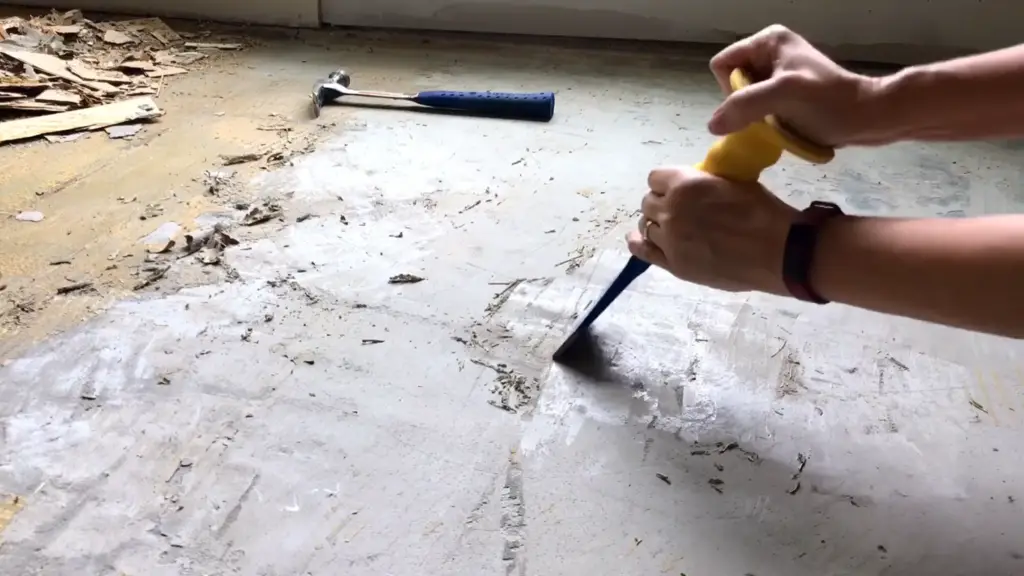
Once you’ve cut away all of the adhesive, you can then proceed to take up the wood flooring. [1]
Tools and Materials
The things you need to take up glued down wood flooring depend on what it is glued to. If it is glued to concrete, then you need an angle grinder with a diamond blade.
You should also wear something to protect your eyes and ears when using the angle grinder. If the wood flooring is glued onto a subfloor, then you will need an oscillating tool. You will also need a pry bar and hammer to take up the wood planks.
Prepare Your Work Area
Before you begin, ensure that the room is empty and cleared of any furniture. This will make it easier to take up the flooring and also help protect your furniture from damage. Also make sure you have plenty of ventilation in the room as this will help reduce dust particles.
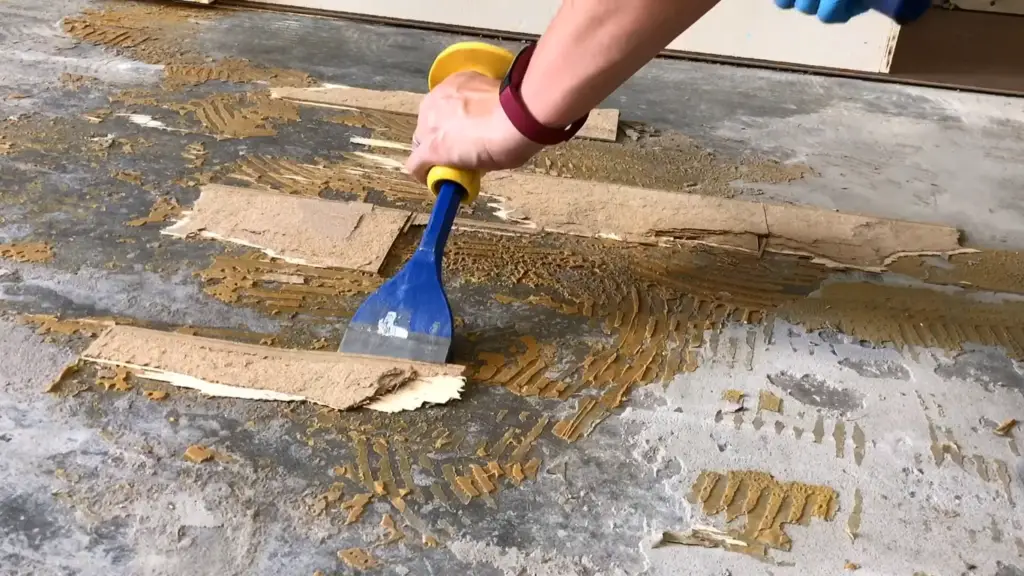
Measure and Mark the Area
Once you have cleared the room, you need to measure and mark where the wood flooring will go. It will be easier if you use painter’s tape to mark off the area so you know exactly which part of the floor needs to be replaced.
Cut the Flooring
Now that you have measured and marked the area, it’s time to remove the old flooring. If it is glued to concrete, then you need to use an angle grinder with a diamond blade.
Be sure to wear gloves, a mask, and safety glasses when using this tool as it can be quite dangerous. For subfloors, you should use an oscillating tool to cut away at the adhesive. [1]
Pry Up the Flooring
Once you have cut away the adhesive, it is time to start prying up the flooring. This can be done using a pry bar and hammer. Start at one end of the room and work your way towards the other end. Take care not to damage the subfloor as you do this.
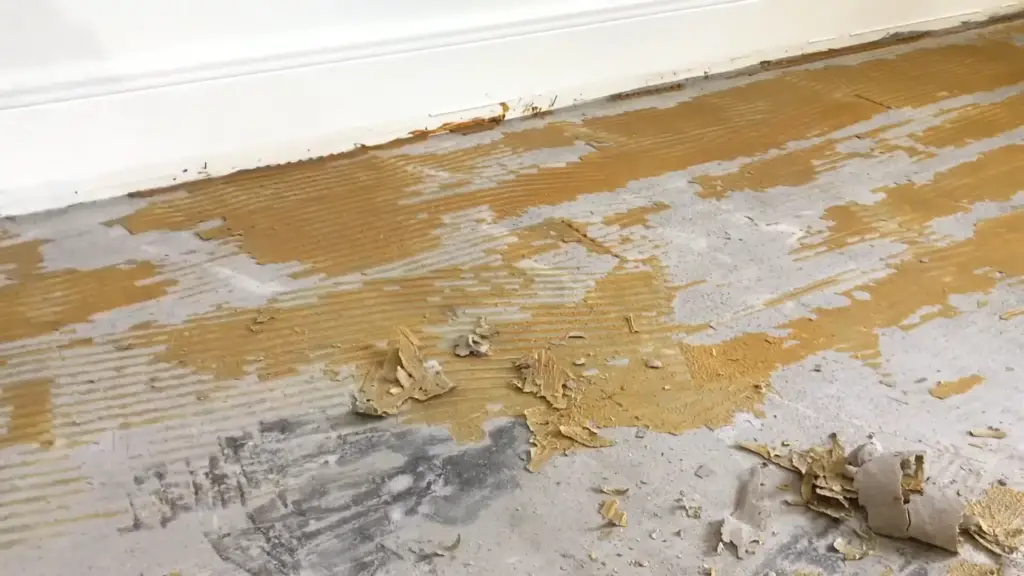
Chisel Concrete
If you are removing flooring from a concrete slab, then you will need to use a chisel to break up the remaining adhesive. Do this carefully and wear safety glasses when doing it.
Remove the Glue
After you remove the flooring, you need to make sure that there is no glue left on the subfloor or concrete slab. You can do this by using a putty knife or scraper.
How to Tell if Your Floor is Glued Down?
The best way to tell if your floor is glued down is to look for signs of adhesive around the edges or in corners. You may also be able to see where the boards were cut and the glue used to attach them. If you can’t find any clear evidence, then it’s likely that your floor isn’t glued down.
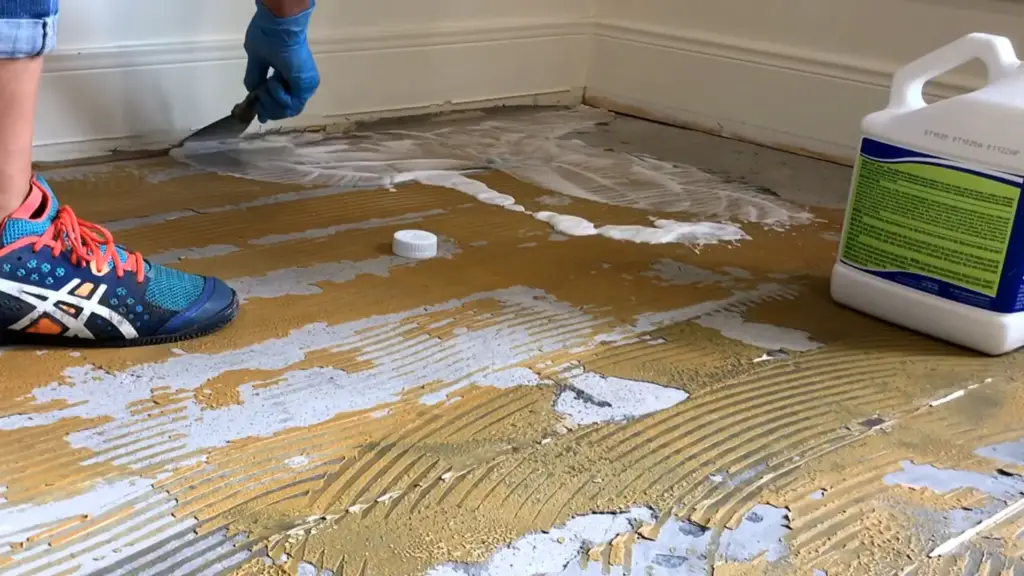
How Hard Is It to Remove Glue on Hardwood Floors?
Removing glue from hardwood floors is not easy, but it can be done. Depending on what kind of adhesive was used, you may need to use a solvent or chemical stripper to help get rid of the glue.
The process could take several hours depending on how much glue there is and how difficult it is to remove.
How to Loosen Glue on the Subfloor?
If your flooring is glued to a subfloor, then you can use an oscillating tool to cut away at the adhesive. This will take some time and patience, but it should eventually loosen the glue. Alternatively, you could also try using heat or steam to help loosen the glue as well.
How to Remove Adhesive on a Concrete Floor?
It is not easy to remove adhesive from a concrete floor. You will need to use an angle grinder with a diamond blade. Be sure to wear goggles and hearing protection when using the angle grinder as this can be quite dangerous.
Once you have cut away all of the adhesive, then you can proceed to take up the wood flooring.
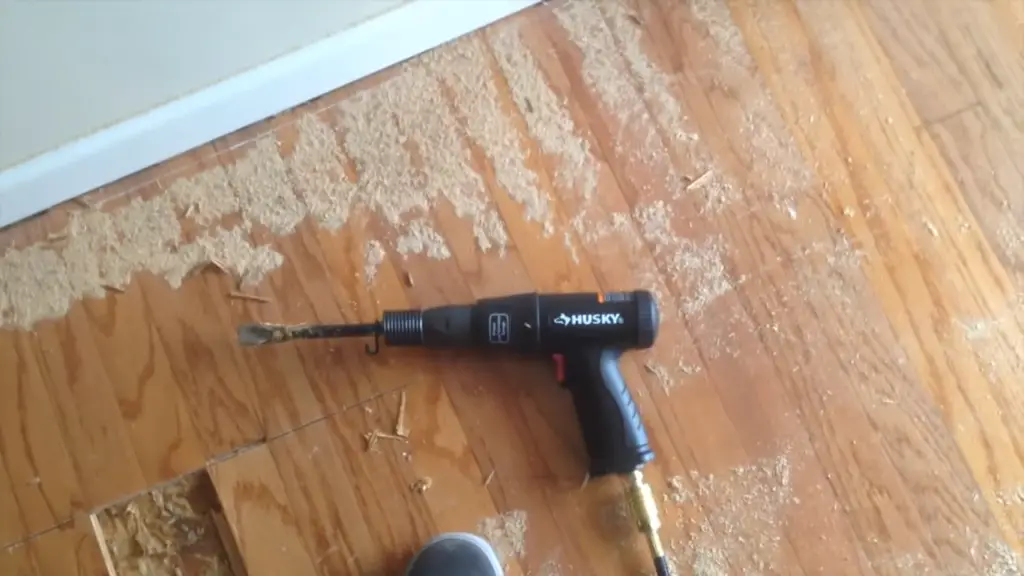
Is Removing Glue from Concrete More Difficult than Subfloor?
Removing glue from a concrete floor is more difficult than removing it from a subfloor. This is because the adhesive on a concrete slab tends to be much tougher and resistant to removal.
How to Dispose of Old Wood or Engineered Hardwood Flooring?
Once you have removed the old wood or engineered hardwood flooring, you need to dispose of it responsibly. This means taking it to a local recycling centre or hazardous waste facility.
Depending on where you live, there may be specific regulations on how to properly dispose of wood flooring. Make sure that you check with your local municipality before disposing of it. [1]
How to Remove Glued Hardwood Floors without Damage?
It is possible to take up glued hardwood floors without ruining them, but it might take some time and patience.
Be sure to use the right tools for the job. For example, you would use an angle grinder with a diamond blade for concrete slabs and an oscillating tool for subfloors. Also, go slowly and carefully so that you do not ruin the flooring or the subfloor.
When Can You Reinstall New Floors?
Once you have taken up the glued down wood flooring and disposed of it, then you can start installing a new one. Depending on how much glue was on the subfloor or concrete slab, you may need to sand it down before laying new planks.
It is also important to make sure that the area is clean and dry before you start installing the new floor. This will help ensure that it adheres properly and lasts for many years to come.
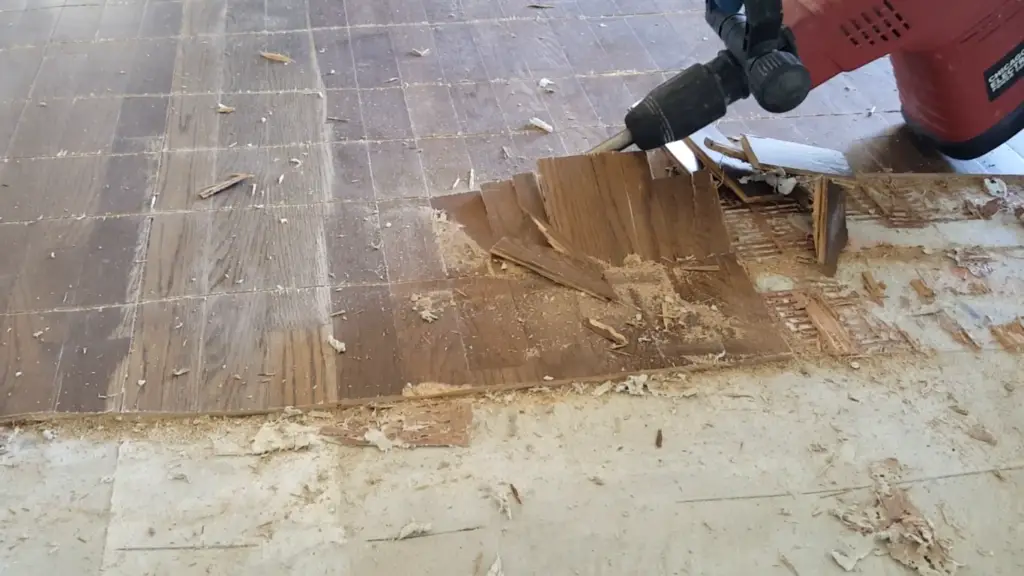
FAQ
Can you remove glued hardwood floors?
Yes, it is possible to remove glued hardwood floors. You may need to use tools such as an angle grinder with a diamond blade or an oscillating tool in order to loosen the glue on concrete slabs or subfloors.
Can you reuse hardwood floors after removing glue?
It depends on how much damage was done to the flooring when it was taken up. If there is minimal damage, then it is possible to sand and refinish the planks in order to make them look like new again.
However, if the wood was badly damaged or warped, then it may not be worth trying to reuse.
What can I do with leftover glue after removing flooring?
Leftover glue should be thrown away in a special way. This might mean taking it to a place where they recycle things or to a place where they throw away things that can hurt people.
Depending on where you live, there may be rules about throwing away glue. Make sure you check with your local government before you throw the glue away.
How to remove glued down wood flooring from plywood subfloor?
If your wood flooring is glued down to a plywood subfloor, you can remove it. First, use an oscillating tool with a wide blade to loosen the adhesive around the edges. Once the glue is loosened, you can take up the planks.
How long does it take to remove glued down hardwood?
It can take a few hours or even a few days to remove glued-down hardwood, depending on how big the floor is and how much glue there is. Be careful not to damage the flooring or what is underneath by taking your time and using the right tools.
How do you dissolve wooden floor glue?
There are several liquids that can be used to dissolve wooden floor glue. You may want to try a mixture of water and vinegar, or you can purchase a product specifically designed for this purpose.
Be sure to follow the directions on the package when using any solvent and wear protective gloves.
How to remove glued down wood flooring from plywood subfloor?
If your wood floors are glued down to a plywood subfloor, you can remove them. First, use an oscillating tool with a wide blade to loosen the adhesive around the edges.
Once the glue is loosened, you can take up the planks. For larger areas, you may want to rent a floor scraper for better results
Be sure to wear safety glasses and a dust mask when using this tool. Also, it may be necessary to sand the plywood subfloor after you have removed the wood flooring in order to remove any remaining glue residue.
How long does it take to remove glued down hardwood?
It can take a few hours or even a few days to remove glued-down hardwood, depending on how big the floor is and how much glue there is. Be careful not to damage the flooring or what is underneath by taking your time and using the right tools.
Make sure you have plenty of ventilation when using any solvents as they can produce fumes that are hazardous to your health.
What are the benefits of removing glued down hardwood flooring?
Removing glued-down hardwood flooring allows you to replace it with new floors, or refinish and reseal the existing wood planks. This will help improve the overall appearance of your home and can also increase its value.
Additionally, removing old, worn out flooring can help improve air quality in your home by removing dust, dirt and allergens that may have been trapped underneath the flooring.
Finally, removing glued-down wood floors allows you to better prepare the subfloor for installing new floors if desired.
Why is removing glued down hardwood flooring important?
It is important to take up old hardwood floors that have glue on them. The wood might be old and have cracks that can hurt people.
There might be harmful chemicals in the glue. If you do not prepare the ground before putting new floors down, the new floors might crack or get bent out of shape.
Which type of adhesive should be used for hardwood flooring?
For best results, you should use a high-quality glue that is made specifically for installing hardwood floors.
Make sure you read the product label before choosing which adhesive to use for your hardwood flooring project. Also be sure to follow the manufacturer’s instructions when installing the adhesive.
When is it best to hire a professional for removing glued down hardwood flooring?
If the job seems too difficult or time-consuming, it is best to hire a professional. Professionals have the tools and experience necessary to do the job safely and efficiently.
They also know which type of adhesive works best for your wood floor project and how to properly install it. Hiring a professional will help ensure that the job is done right, so you don’t have any problems in the future.
Is removing glued down wood flooring a DIY project?
You can remove glued wood flooring yourself, but it is hard to do and takes a long time. You need special tools, like an oscillating tool, saws, hammers, chisels, glue remover, solvent and protective gear.
Be careful when you are removing the flooring so you do not make any mistakes and damage the floor. If you are not sure you can do it without making any mistakes, it is better to hire someone who knows what they are doing.
Are there any risks involved with removing glued down wood flooring?
There are risks involved in removing glued-down wood flooring. Without the proper tools and instructions, you could damage the existing floor or what is underneath it. You should also wear protective gear to avoid injury from splinters or chemical fumes.
Additionally, you must be careful when removing the glue in order to avoid any potential allergic reactions. It is always best to consult with a professional before attempting to remove glued-down wood floors.
Can I reuse the wood planks after removing glued down wood flooring?
Yes, you can reuse the wood planks if they are still in good condition. You will need to sand them down and refinish them before you can install them again.
Make sure to give them a thorough inspection for any signs of splitting or warping that could cause issues if you try to reuse them. If they look good, then you should be able to use the planks again.
Can I save money by removing glued down wood flooring myself?
You can remove glued down wood flooring yourself to save money, but it is not an easy task. You will need to invest in the right tools and take your time to learn how to do it properly.
It might be a good idea to consult with a professional first so you can get an idea of what you need to do and how much it will cost. If you do decide to attempt the project yourself, make sure you take all necessary safety precautions.
Does removing glued down wood flooring create a lot of dust?
When you remove glued down wood flooring, it creates a lot of dust. Wood is full of tiny holes and when the glue is removed, it can release a lot of dust particles into the air.
You should always wear a respirator or mask to avoid breathing in these particles. Additionally, you should make sure the room is well ventilated and use a vacuum cleaner with a HEPA filter to reduce the amount of dust in the air.
Do I need to remove the existing adhesive when removing glued down wood flooring?
Yes, you need to remove the old adhesive before adding new wood flooring. You should use a product that is good for your floor type. This could be a solvent or acrylic urethane adhesive remover.
Make sure you read and follow the manufacturer’s instructions for application and use protective gear to avoid any potential allergic reactions.
Is there any other advice for removing glued down wood flooring?
When you are removing glued-down wood flooring, always remember to take your time and be careful not to damage the existing floor or what is underneath it. Wear protective gear and make sure the room is well ventilated. If you have any doubts about your ability to do the job, hire a professional who has the right tools and experience to get it done properly.
Consider investing in additional insulation if you plan on replacing the wood flooring with something else, as this could save money in the long run by keeping your energy bills lower.
Finally, be sure to inspect the wood planks for any signs of splitting or warping before you attempt to reuse them. That way, you can avoid any potential problems down the line.
Can I use a steam cleaner to remove glued down wood flooring?
You should not use a steam cleaner to remove glued down wood flooring because it can damage the adhesive and make it brittle. It is also not recommended for hardwood floors because too much moisture can warp the boards over time.
Stick to using chemical removers or solvents to dissolve the adhesive. Also, make sure you wear protective gear and any necessary tools before starting the job.
How much does it cost to remove glued down wood flooring?
The amount of money you spend on professional removal services for your flooring project depends on the size and difficulty of the project. You can expect to pay $1-$3 per square foot.
This might be different if the flooring is a special type or if the job is hard to do. Additionally, you may need to budget for renting tools and buying materials. If you choose to do the work yourself, you will not have to pay someone for labour but you will still need to buy any tools or supplies needed.
What are the steps for removing glued down wood flooring?
- Prepare the area by removing any furniture, baseboards, and other items in the room.
- Put on protective gear such as goggles, gloves, and a respirator mask.
- Use a solvent or adhesive remover to loosen and dissolve the glue from the boards.
- Carefully lift the boards up and away from the subfloor, making sure they are not damaged in the process.
- Use a vacuum cleaner with a HEPA filter to remove dust and debris from the area.
- Inspect the floor and make any necessary repairs or replacements before installing new materials.
- Install the new flooring according to the manufacturer’s instructions.
Useful Video: Glue down wood floor removal
Conclusion
Well, there you have it! Everything you need to know about how to remove glued down wood flooring. We hope this article was helpful and informative. If you found it useful, please share it with your friends and family who might be in the same situation. And if you have any questions or comments, please leave them below!
References
- https://weekendbuilds.com/remove-glued-down-wood-flooring/
- https://flooring-experts.com/how-to-remove-glue-down-wood-flooring/


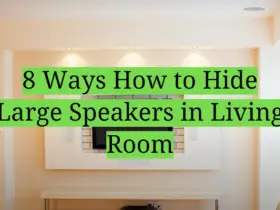


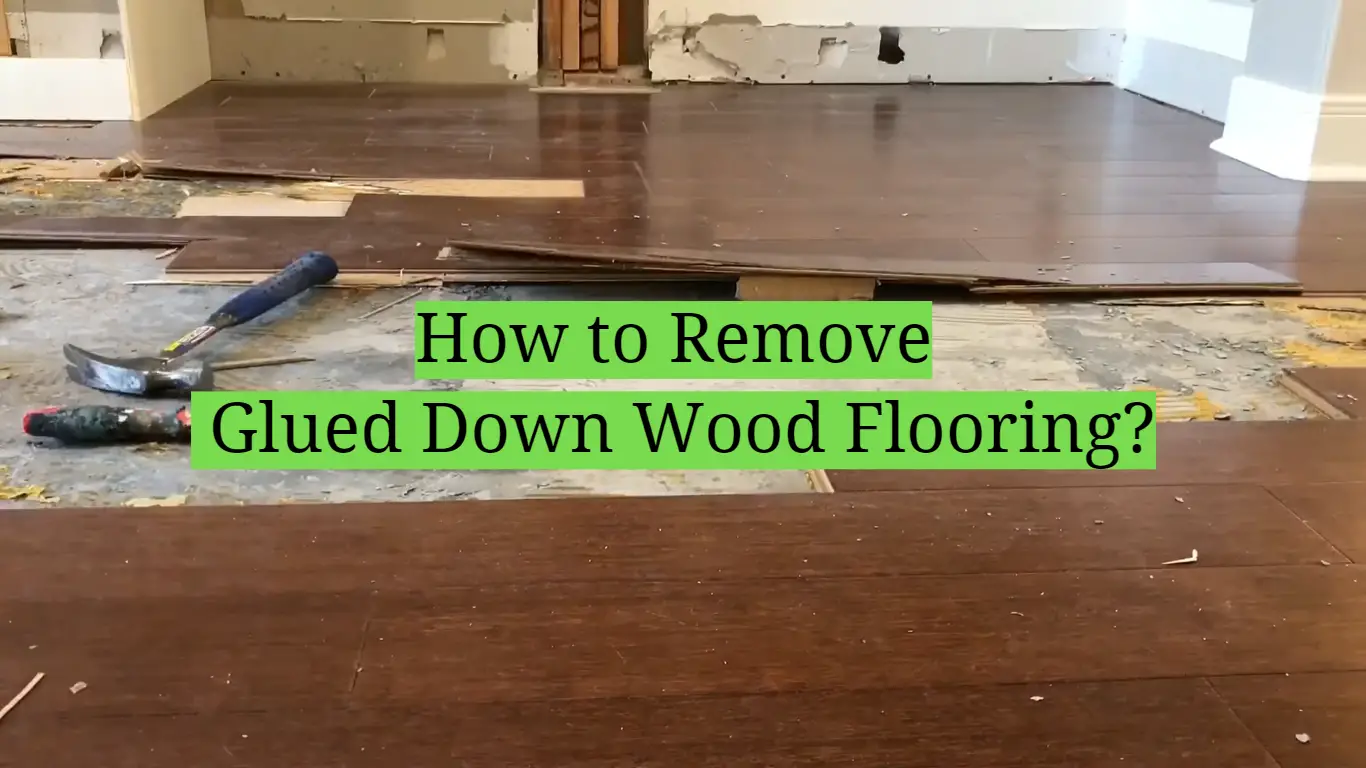




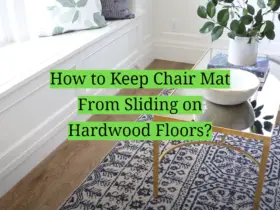
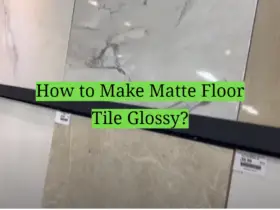


Leave a Reply